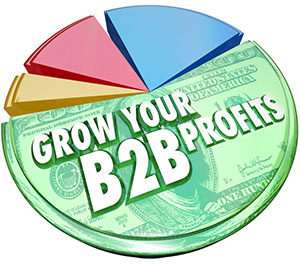Accept debit and credit cards directly from Microsoft Dynamics AX, now Dynamics 365, and other payment types. An alternative to Microsoft Payment Services, which is end of life December 31, 2017, offers many new features and benefits, including more payment types.
Your customers don’t pay just with credit and debit cards, so why limit their options? The new alternative payment services for Microsoft Dynamics® ERP supports debit and credit cards, ACH and check, cash, wire, and Paypal, depending on the sales channel. With native integration into Dynamics AX 2012 R3, increase efficiencies without ever leaving your AX screen, while also minimizing PCI scope and burden.
FEATURES:
- Process authorizations, payments and credits in Accounts Receivable:
- Sales Pickup – Will call, partial order as well as full delivery
- Journal Entry for Project
- Free Text Invoices
- Return Orders
- Credits, partial credits
- Sales Orders – Cash and carry
- Authorize, capture, refund, reverse and more options for credit card payments with Visa, American Express, MasterCard, Discover, etc.
- Universally compatible with your financial partners including First Data, Chase Paymentech, Moneris, Tsys, Global, and many others in USA and globally.
- Point to Point Encryption (P2PE) all sales channels, including Virtual Encrypted Keypad for staff key-entered transactions.
- Tokenization for ACH and credit card recurring transactions, including installment, variable installment, unscheduled stored on file and fixed recurring.
- EMV chip and pin (yes, both!); certifications may vary by acquirer.
- 3-D Secure Verified by Visa, MasterCard Secure Code and American Express Safekey; certifications may vary by acquirer.
BENEFITS:
- Increase approvals and profits with 3-D Secure for card absent customer payments.
- Increase approvals and profits with EMV for retail customer payments.
- Increase cash flow and improve customer experience with Electronic Bill Presentment and Payment, including customer portal to view and pay invoices.
- Tighter financial controls with all payment types and all sales channels supported in one integration, even third party shopping carts.
- Reduced PCI Compliance burden with payments segregated from applications; Links for you to validate Level 1 PCI Compliance, QIR, Visa Global Registry etc.
- Compliance automation, including with the plethora of new card acceptance rules related to authorization validity and stored card authorization acceptance.
Christine Speedy, CenPOS global sales and integrated solutions, 954-942-0483. CenPOS is a merchant-centric, end-to-end payments engine that drives enterprise-class solutions for businesses, saving them time and money, while improving their customer engagement.
CenPOS automates complex payment processing, creating efficiencies through innovation.

